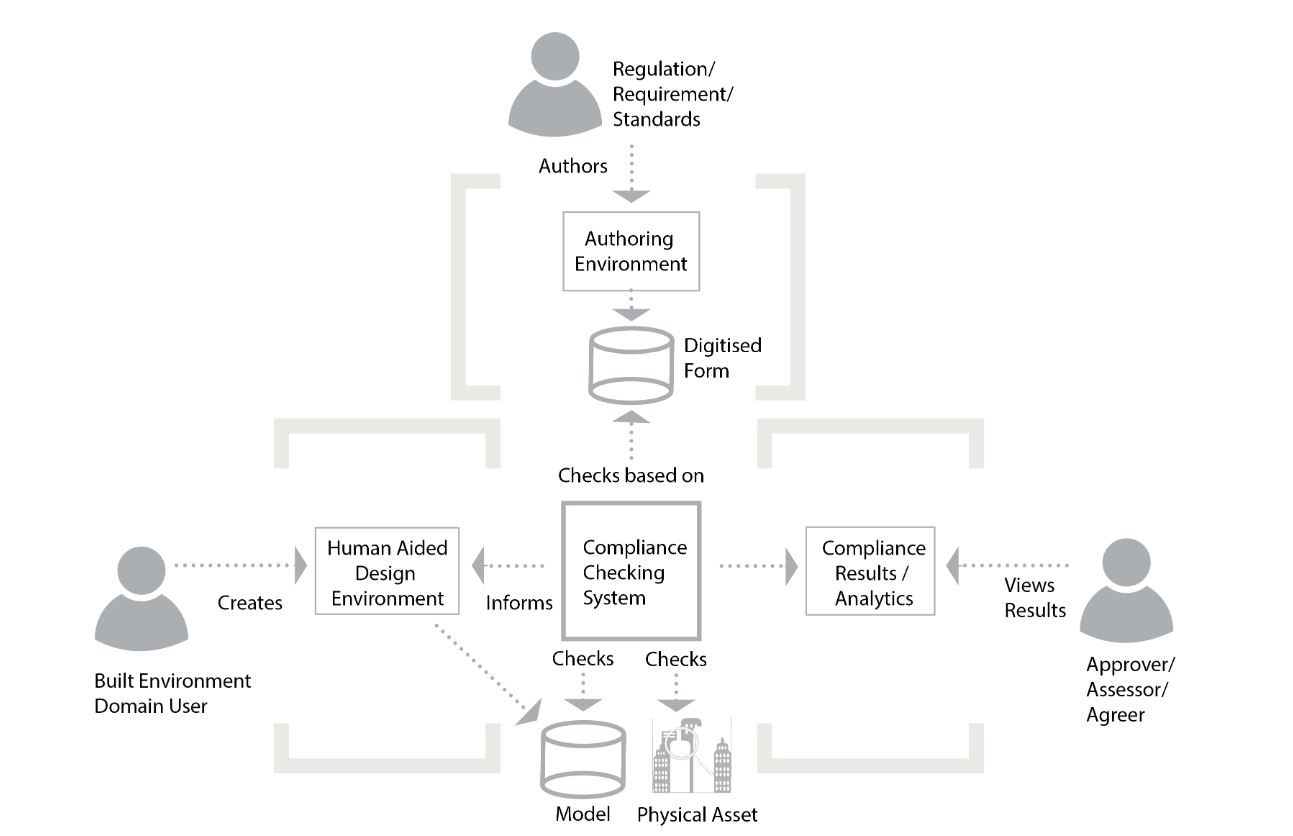
Submitted by Debra Royal on Fri, 13/09/2019 - 11:37
CDBB Week 2019 showcases CDBB’s diverse range of work and engagement with our industry, academic and policy networks. As part of Friday’s #CDBBWeek2019 Digital Roundup, the Centre invited a number of researchers from CDBB funded research networks and early career researchers to shine a light on their projects supporting a digital built Britain.
“It is the breadth of the task and the research questions we need to ask that makes developing the CDBB research agenda such an exciting and challenging proposition. If we are to understand fully how the buildings and infrastructure of the future are going to deliver better services to our citizens, we need to take a truly multidisciplinary approach. We need engineers and architects to work with economists, linguists, social scientists, neuroscientists, psychologists, mathematicians and computer scientists – among others – to understand both the impact of the built environment on how we live our lives and how to design, build, operate and integrate assets that can deliver better outcomes for us all.“ Dr Jennifer Schooling OBE, Chair of the CDBB Research Strategy Advisory Group
Digitisation of Requirements, Regulations and Compliance Checking Processes in the Built Environment.
The D-COM Research Network was formed to meet the clear need for research and leadership in the area of automated regulatory compliance. It is our view that automated compliance checking can bring tangible advantages including increased efficiency and a reduction in costs.
Through our initial work we have shown that the concerns raised in the The Independent Review of Building Regulations and Fire Safety, led by Dame Judith Hackitt, regarding responsibility and departures from regulations is a systemic problem. There has been a significant rise in the formation of government expert groups to address some of these failings. However, we are proposing not simply “plugging the leaks”, but a transformation of the regulatory compliance system. Digitising and automating this system will instil transparency and inherently build in the ‘golden thread’.
Roadmap for delivery
Digitising and automating the system is crucial as the entire lifecycle of the built environment is governed by a variety of regulations, requirements and standards. The checking of compliance against these is a complex task, which is currently performed manually and highly resource intensive.
As part of our work we increased the size of the network and surveyed and consulted with industry to determine the State of the Nation views on automated compliance checking. Finally, we engaged with key stakeholders who inform and drive regulatory policy to define the capabilities required to deliver automated compliance checking and, subsequently, developed a roadmap to deliver this.
Our roadmap offers a comprehensive and methodical list of next steps. It is a plan for the next six years bringing the UK to the verge of mass industrialisation of automated compliance checking by 2025. Our roadmap is organised into four phases. These include: a phase of research; a pilot or proof of concept; a phase of industrialisation, where technologies developed for the pilot are matured and designed for scalability; and finally, commercial adoption.
State of the Nation
In addition to development of the roadmap, we also measured the ‘State of the Nation’ through a survey, workshop and interviews with regards to the acceptance of automated checking. In each of these activities we maintained Technology, Commercial and Political themes. The results were overwhelmingly positive, with the vast majority of respondents believing that adoption of automation was both feasible and desirable. There were caveats and suggestions, including that automation should have human oversight. We recognise that until trust is established, automation in near future will include Human Aided Design Policies.
A safer digitally built Britain
In summary, our findings provided an overwhelmingly positive response to transforming the built environment’s existing compliance system. The State of the Nation findings give confidence the industry can achieve a level of automation checking by 2025 and expressed the importance of considering political, commercial and technological factors along the journey. This included the need for a degree of human oversight until the right level of trust is established in automation. However, given the expected imminent revisions to the UK’s built environment regulatory structure, the adoption of automated compliance checking has never been more important and we believe it is a significant enabler to the delivery of a safer and more efficient digital built Britain.
Dr Tom Beach, Senior Lecturer School of Engineering, Cardiff University and CDBB DCOM Network lead. The D-COM network has been formed to drive forward the adoption of the digitisation of regulations, requirements and compliance checking systems in the built environment. Contact: beachth@cardiff.ac.uk and see http://www.dcom.org.uk/

